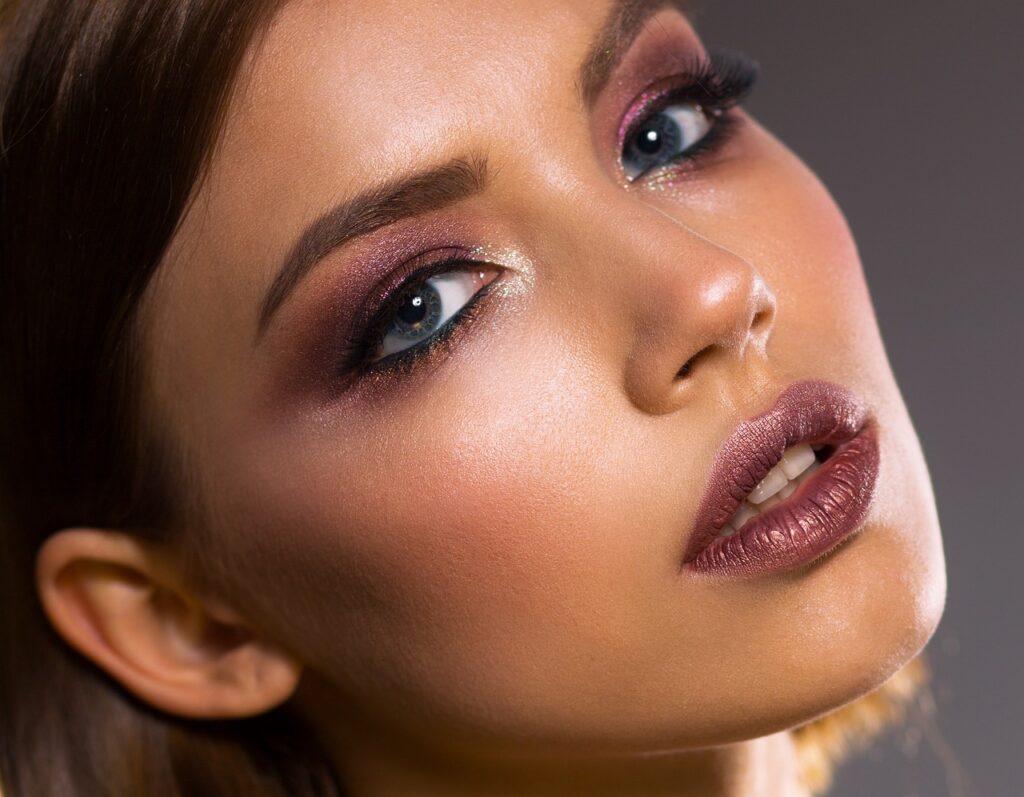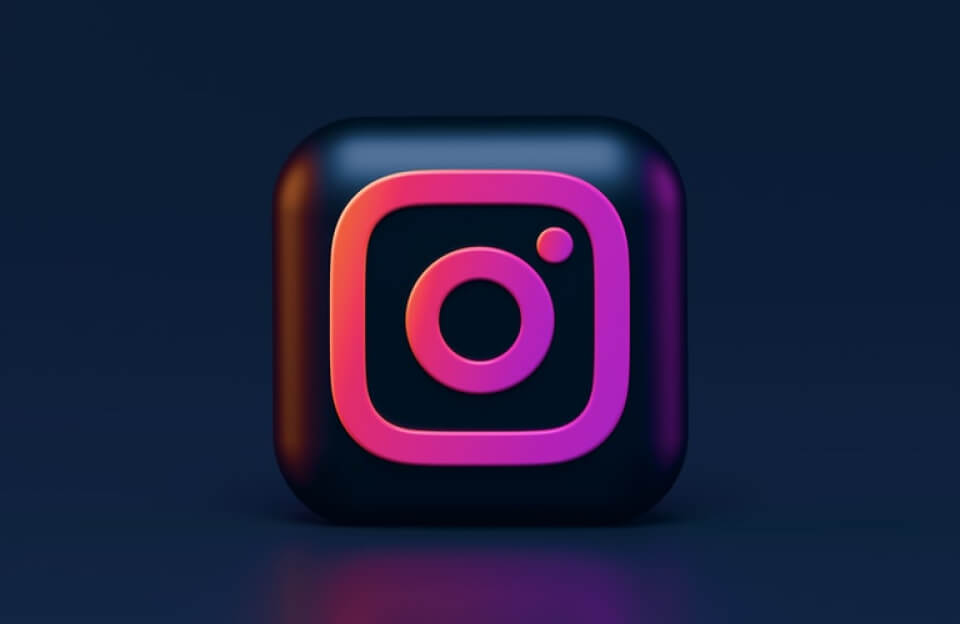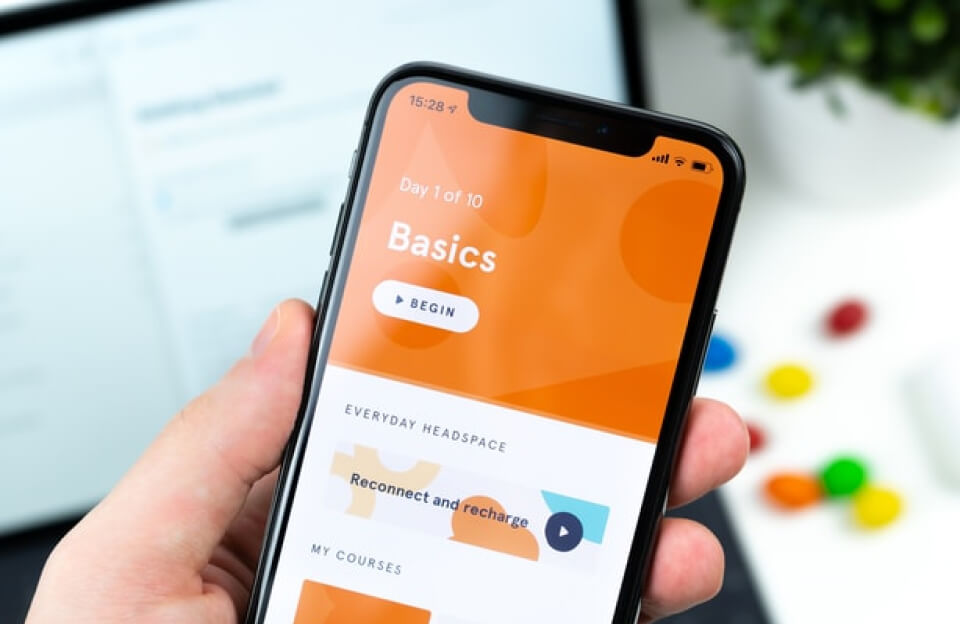A beauty pageant without makeup is a refreshing and inclusive concept that focuses on natural beauty and inner qualities. In such a pageant, participants are encouraged to embrace their authentic selves and showcase their genuine beauty without the use of cosmetics. Here’s an outline of what a makeup-free beauty pageant might entail.
This helps to highlight their inner beauty and intelligence.
Community involvement and philanthropy: Encouraging participants to actively engage in community service and philanthropic activities is another important aspect of a makeup-free beauty pageant. This promotes the idea of using beauty and influence for positive social change.
Judging criteria: The judges evaluate contestants based on their natural beauty, confidence, talent, personality, community involvement, and overall presentation. The emphasis is on authenticity, charisma, and inner qualities rather than external appearance.
By focusing on natural beauty and inner qualities, a makeup-free beauty pageant encourages participants to celebrate their individuality and promotes a broader definition of beauty beyond superficial standards.
Mentorship and empowerment: Experienced mentors, who may be previous pageant winners or industry professionals, can provide guidance and support to participants throughout the pageant journey. They offer advice on personal development, career aspirations, and self-esteem building.
Natural styling and fashion: While makeup is excluded from the pageant, participants can still express their personal style through natural hairstyling, accessorizing, and fashion choices. The focus is on showcasing their unique sense of fashion and self-expression without relying on heavy makeup.
Redefining beauty standards: A makeup-free beauty pageant challenges conventional beauty standards and promotes a more diverse and inclusive representation of beauty. It encourages participants and viewers to embrace their natural features and appreciate the beauty in every individual.
Platform for social issues: The pageant can serve as a platform for raising awareness about important social issues. Contestants can choose a cause or charity they are passionate about and advocate for it throughout the competition, using their platform to make a positive impact.
Post-pageant opportunities: After the pageant, participants can have opportunities for personal and professional growth, such as modeling contracts, public speaking engagements, or involvement in charitable initiatives. This helps to extend the impact of the pageant and further promote the values of natural beauty and inner qualities.
Overall, a makeup-free beauty pageant celebrates authenticity, self-expression, and the beauty that comes from within. It provides a platform for individuals to embrace their natural features, talents, and personalities, promoting a more inclusive and empowering notion of beauty.
Positive body image campaigns: The pageant can actively promote positive body image by collaborating with organizations and initiatives that advocate for body positivity. This can involve workshops, panel discussions, and awareness campaigns that address body acceptance and challenge harmful societal beauty standards.
Collaboration with natural beauty brands: The pageant can collaborate with natural beauty brands that align with its values.
Audience engagement and involvement: The pageant actively engages the audience by incorporating their participation in various segments. This can involve online voting, social media challenges, and interactive sessions that allow viewers to connect with the contestants.
Post-pageant initiatives: After the pageant, contestants can continue to be involved in community projects, advocacy work, and mentoring programs. This sustains the impact of the pageant and provides ongoing opportunities for personal growth and positive social change.
Beauty standards can be toxic for several reasons:
Unrealistic ideals: Beauty standards often promote an idealized and unrealistic image of beauty that is unattainable for most people. They often prioritize certain physical features and characteristics, leading to exclusion and limited representation. This can perpetuate discrimination, inequality, and a lack of diversity in beauty ideals.
Commercialization and profit-driven industry: Beauty standards are often perpetuated and exploited by the beauty industry for commercial gain. Companies profit by selling products and services that promise to help individuals achieve the desired beauty standards. This can create a cycle of consumerism, where individuals are constantly encouraged to spend money on products to fix perceived flaws.
Impact on self-expression and individuality: Strict beauty standards can limit self-expression and discourage individuality. They promote a homogeneous view of beauty, discouraging unique features and personal style.
Objectification of individuals: Beauty standards often objectify individuals, reducing them to their physical appearance and placing undue emphasis on their external features.
Influence of media and advertising: Media and advertising play a substantial role in shaping beauty standards and promoting an idealized image of beauty.
Limited representation: Beauty standards traditionally focus on a narrow range of features and attributes, leading to a lack of representation for individuals who do not fit into these predetermined categories. This lack of diversity can leave many feeling excluded and not valued for their unique qualities. It is essential to promote a more inclusive representation of beauty that embraces people of all backgrounds, body types, and identities.
Impact on self-acceptance and self-esteem: When individuals feel that they do not meet societal beauty standards, it can have a detrimental effect on their self-acceptance and self-esteem. Constantly striving for an unattainable ideal can erode one’s confidence and lead to negative self-perception. This can hinder personal growth, hinder relationships, and limit overall well-being.
Reinforcement of gender stereotypes: Beauty standards often reinforce traditional gender stereotypes by defining specific beauty ideals for men and women. These stereotypes can be restrictive and limit individuals’ expression of their true selves. Breaking free from these stereotypes is crucial for promoting gender equality and allowing individuals to embrace their authentic identities.
Shift in focus from inner qualities: By prioritizing external appearance, beauty standards often overshadow the importance of inner qualities such as kindness, intelligence, empathy, and resilience. Placing excessive emphasis on physical attributes can detract from recognizing and valuing the qualities that truly make individuals unique and beautiful.
Challenging and dismantling toxic beauty standards involves promoting body positivity, embracing diversity, and advocating for inclusivity. It is essential to celebrate individuality, encourage self-love, and redefine beauty in a way that acknowledges and appreciates the vast array of beauty that exists in the world.


